The career that aligns with your destiny operates within an advanced world where each individual thinks in their own way. Graphic designing after graduation integrates your destiny into your thinking and can lead you to career-oriented opportunities. It is the perfect avenue to explore your art and identity, turning them into tools that, depending on your techniques and role, can lead you to become a successful graphic designer. Whatever you think or feel passionate about can be conveyed through a visual image, showcasing the power of graphic design.
Introduction to Graphic Designing After Graduation
We study to gain knowledge that will help us in our careers. Studying hard can lead to success, but having a wealth of knowledge and ideas can result in a fulfilling career. Nowadays, many people graduate and seek to explore their capabilities. You can become a graphic designer if your art and ideas are useful enough. As a graphic designer, you use your designs to enhance products and make them more valuable. Graduates aspire to have an artistic and rewarding professional career and strive to unlock their full potential.
The field of graphic design effectively conveys information through visual images and content. Even individuals with limited experience can improve their skills through graphic design. Graphic designers,also known as graphic artists or communication designers, combine art and technology to communicate through images and project execution using various tools such as Adobe Illustrator, Affinity Designer, Procreate, Adobe Photoshop, and Affinity Photo.

Graphic design conveys a specific message to the customer through websites, social media, and other platforms. It showcases the presentation of products and represents its art through visual appeal to attract customers. This allows everyone to sell their products virtually or in reality. Every object displays detailed graphic material describing it, whether it's a project, thing, or content. It is an ever-present tool in our daily lives, not a novelty but an essential part of everyone's life. The material it shows conveys the complexity of the object, highlighting its creativity and potential beyond conventional boundaries.
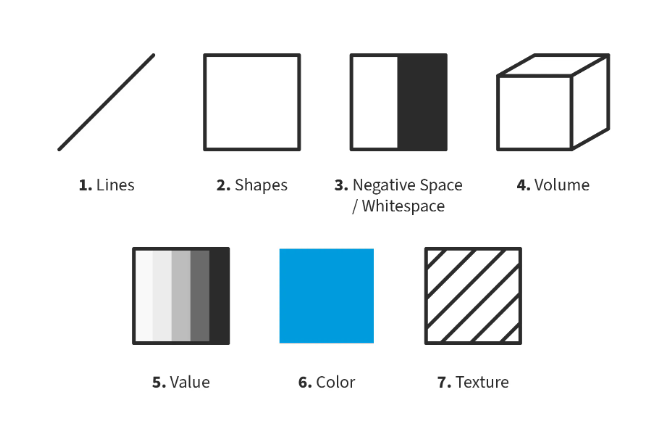
Graphic design incorporates several elements such as line, shape, color, texture, typography, and space. These elements are crucial for a comprehensive understanding of any project. The initial impression of a project is largely based on these elements and other factors. Graphic design covers various areas including brand identity design, marketing and ad design, packaging design, UI/UX design, print publication design, lettering and typography design, graphic illustration, and data visualization. Each content aims to effectively portray its subject, conveying quality and quantity through "Design that embodies a creative mind helping another object."
After graduation, every person needs a career that offers opportunities for growth and advancement. Graphic design is a great path to choose for a supportive career as it allows you to display your artistic abilities, showcase the visibility of products through a strong portfolio, stay updated on design trends and language, and align your career goals with your interests.
Scope of Graphic Designing After Graduation

Graphic design is a practical subject that involves working with software tools. It's not just about being new to the beginner, but rather about your ability and potential in the field. The scope of graphic design is increasing day by day. Your skills represent your ability to be creative and showcase your passion.
Graphic Design: Graphic designers are passionate individuals who solve project problems through design. Their artistic collaboration addresses the project's content and solves problems through artistic thinking. Let’s see types of graphic designing one can opt for:
Types of Graphic Designing:
1. Logo Design: A design that embodies the company's identity for its website and other platforms, presenting a cohesive brand image.
2. Advertisement Design: A design that provides information and serves as a promotional tool for a company or its products. The company uses it to promote its products and services, resulting in increased sales and reaching more customers.
3. Website Design: The materials used in an app or website can significantly impact how a company or website is perceived, similar to how packaging design represents a product. It conveys information about the product even without physically interacting with it, which can influence a person's desire to purchase it.
4. Printed Design: Designs used for books, magazines, templates, and other materials, physically communicating a strong message to customers through front images and providing complete information.
Process: Anything involving a specific series of actions done step by step, particularly for a specific purpose. A graphic designer undergoes a process of learning software, as well as the fundamentals, principles, and concepts. The software only accounts for 20% of the work, while the other elements contribute 80% to completing the process.
Fundamentals: There are primarily four fundamental types of design elements: color, imagery, typography, and composition. The design embodies strength, luxury, elegance, modernity, and coolness.
Principles: Elements that are fundamental for graphic designers to understand:
1. Composition Hierarchy: A pecking order of text, shape, and image to have a place.
2. Typography: It is important to use a specific font or text when designing a product or targeting a particular audience.
3. Balance: The tools are equally balanced and placed in a specific order by every concept.
Concepts: The basic concepts included in graphic design are contrast, color, composition, balance, theory, white space, emphasis, typography, hierarchy, pattern, rhythm, movement, unity, alignment, and branding.
Career in Graphic Designing After Graduation
As a career-oriented job, the graphic designer creates a company's brand identity through designs, including logos, advertisements, and blog images, using specific fonts and colors. Among the skills that a good graphic designer should have been fundamental principles of design, such as color theory, typography, and composition in art. Proficiency must also be applied to design software programs like Adobe Photoshop, Illustrator, and InDesign so attention with detail can be developed.
1. Design Studio: Work with a creative group to consult on branding, advertisements, and project assessment with clients.
2. In-House Designer: Work as a designer for a specific project, where you design all assets in line with the brand.
3. UX and Web Design: Choose a position in digital and user experience and work for a company or independently.
4. Illustration: If you love drawing, you can work as an illustrator.
5. Freelance: Do any design style and work for yourself with projects.
Conclusion: Learn Graphic Design After Graduation
You can learn graphic design from a bachelor's degree in any field or a bachelor's degree or diploma in graphic design. You may even settle for online training, which gives you the time to create your projects, such as an enhancing graphic design course in personal projects and internships. One learns to study graphic design more as an artistic pursuit. By just observing and investing more time in graphic design, one can build a promising career.
 How to Turn Your Photos into Ghibli-Style Art with ChatGPT for Free
How to Turn Your Photos into Ghibli-Style Art with ChatGPT for Free Top 10 AI Tools for Plagiarism-Free Content Writing: Boost Your SEO & Digital Marketing Efforts
Top 10 AI Tools for Plagiarism-Free Content Writing: Boost Your SEO & Digital Marketing Efforts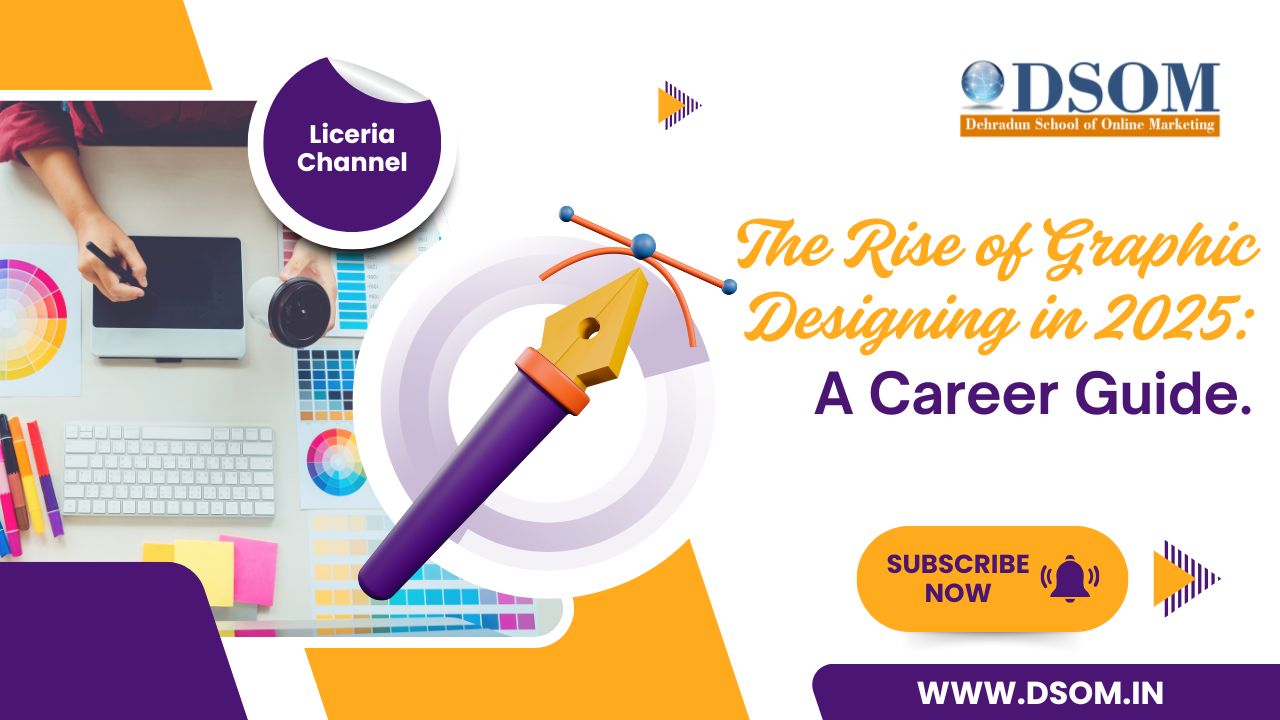 The Rise of Graphic Designing in 2025: A Career Guide.
The Rise of Graphic Designing in 2025: A Career Guide. The Rise of Video Editing: A Crucial Skill in 2025
The Rise of Video Editing: A Crucial Skill in 2025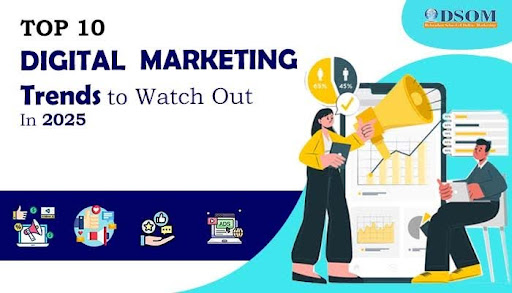 Top 10 Digital Marketing trends in 2025
Top 10 Digital Marketing trends in 2025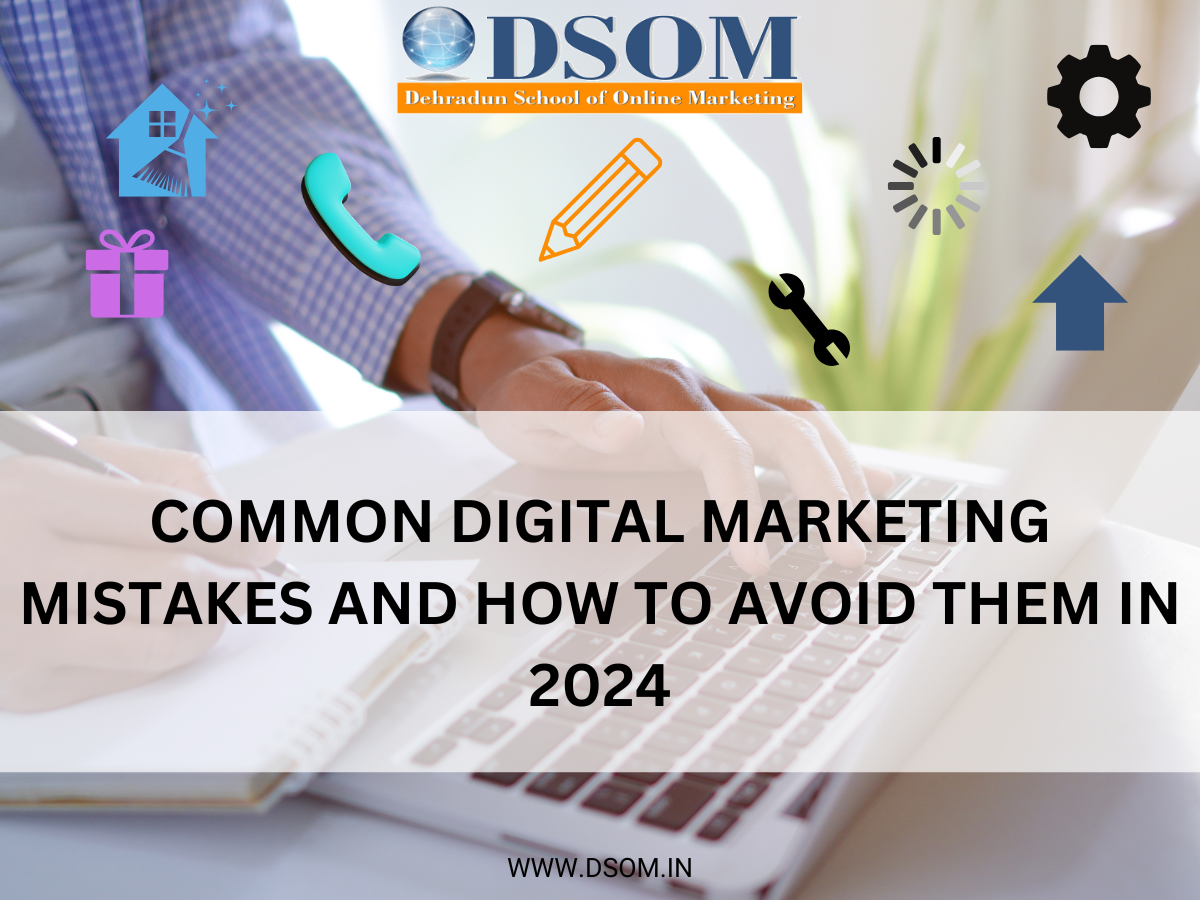 Common Mistakes in Digital Marketing and How to Avoid Them 2025
Common Mistakes in Digital Marketing and How to Avoid Them 2025 The Future of Digital Advertising: What You Need to Know
The Future of Digital Advertising: What You Need to Know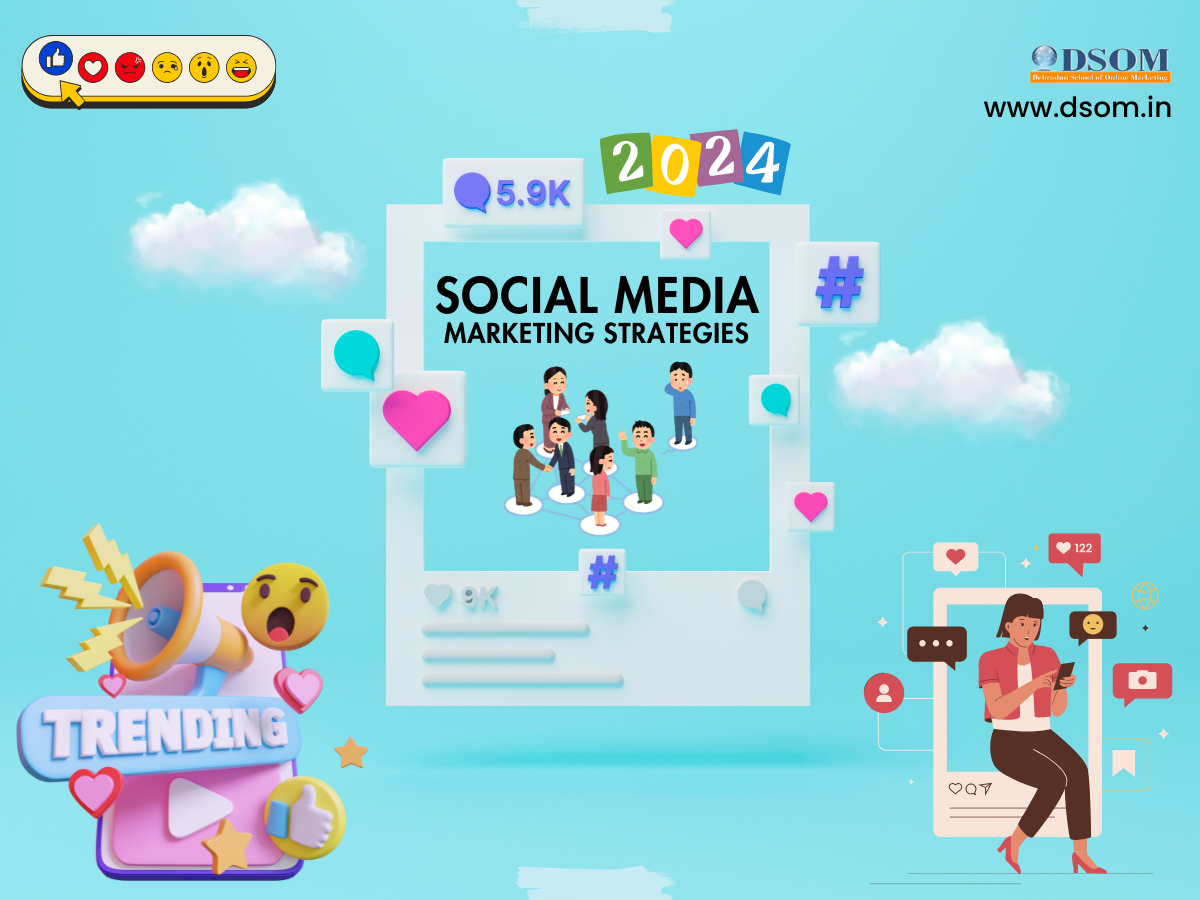 Social Media Marketing in 2024: Strategies for Maximum Engagement
Social Media Marketing in 2024: Strategies for Maximum Engagement Building a Successful Digital Marketing Funnel: A Step-by-Step Guide
Building a Successful Digital Marketing Funnel: A Step-by-Step Guide 5 ways to make money from home using AI (Artificial-Intelligence) in 2024
5 ways to make money from home using AI (Artificial-Intelligence) in 2024